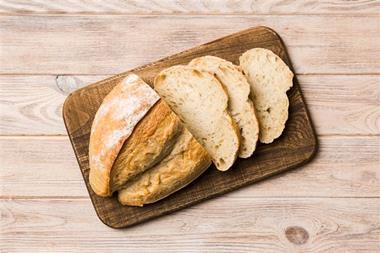Terry Sharp, head of baking & cereals processing, CCFRATerry Sharp, head of baking & cereals processing, CCFRA
It has been really encouraging to see how well the baking industry and government have worked together to change recipes and thereby reduce salt in the nation’s diet.
We have also seen how the government is approaching the question of fortification of bread with folic acid.
After nearly five years of deliberation it seems we may be reaching a conclusion, although as yet it isn’t possible to say what this will be.
One feature of bread that has been overlooked in recent years is its vitamin content.
No doubt we have all seen on sale the rows of bottles containing vitamin supplements, but how much awareness is there of what is naturally present in flour and bread?
Did you know that both white and wholemeal flour contain a number of vitamins that are essential for our health, including B1 (thiamine), B2 (riboflavin), B3 (niacin), B6 (pyridoxine), vitamin E and pantothenic acid?
These same vitamins are also present both in dough and bread made by all types of processes, including bulk fermentation, sponge and dough and no-time processes.
Sometimes, within all the ’noise’ around nutrition and health, the simple facts are overlooked.
































No comments yet